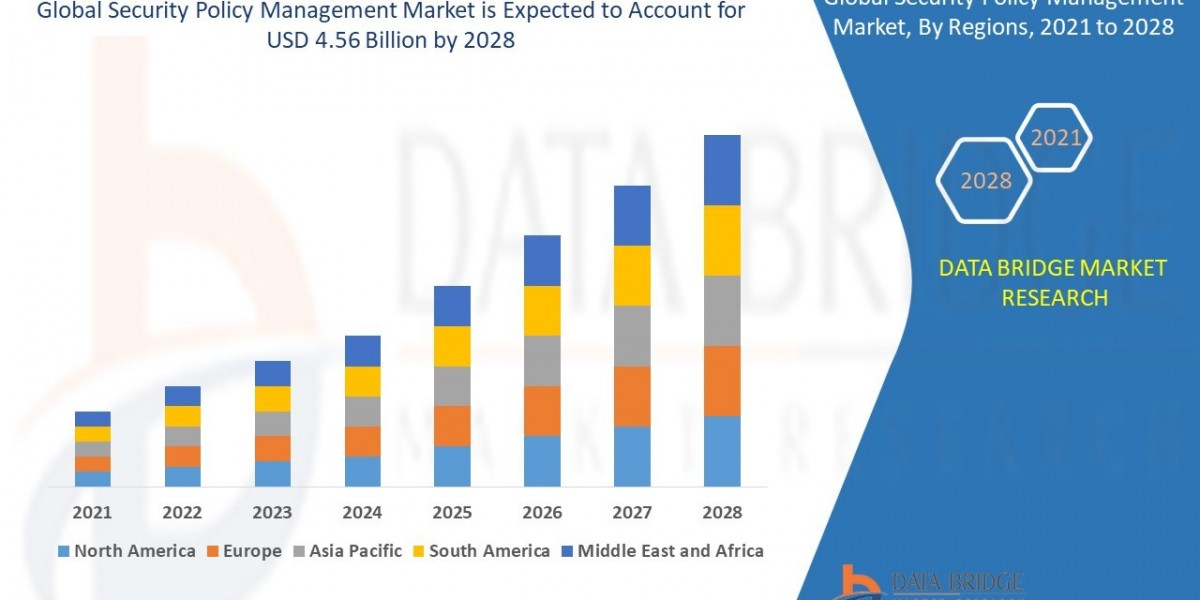Bridging the Gap: Navigating the IoT Communication Technologies Market
The Internet of Things (IoT) is fundamentally reshaping how we interact with our environment, connecting billions of devices, sensors, and machines to gather data, enable automation, and create intelligent systems. At the heart of this transformative revolution lies the IoT communication technologies market – a diverse and rapidly evolving landscape of protocols, standards, and hardware that enable these disparate "things" to talk to each other and to the cloud. Without effective communication, the vast potential of IoT remains unrealized.
Defining the IoT Communication Technologies Market
This market encompasses the various methods and infrastructures that facilitate data exchange between IoT devices, gateways, and cloud platforms. It's broadly categorized by range and purpose
Short-Range Wireless Technologies: Ideal for local connectivity within a limited area.
Wi-Fi: High-bandwidth, widely adopted, suitable for complex data transfers within homes and offices.
Bluetooth/Bluetooth Low Energy (BLE): Energy-efficient, good for personal area networks and small data packets (e.g., wearables, smart home devices).
Zigbee & Z-Wave: Low-power mesh networking protocols primarily used in smart home automation.
NFC (Near Field Communication): Very short-range, typically for secure pairing or payments.
Long-Range Wireless Technologies: Designed for extensive coverage and wide-area deployments.
Cellular (2G/3G/4G/5G): High-bandwidth, established infrastructure, suitable for data-intensive applications and mobile IoT. 5G is poised to revolutionize industrial and mission-critical IoT with ultra-low latency.
LPWAN (Low-Power Wide-Area Networks): Optimized for low data rates, long battery life, and wide coverage, ideal for tracking, smart metering, and environmental monitoring.
LoRaWAN: Open standard, long range, low power, often used for smart cities and agriculture.
NB-IoT (Narrowband-IoT) & LTE-M (LTE for Machines): Cellular-based LPWAN technologies offering reliability and integration with existing cellular networks.
Satellite IoT: For remote areas lacking terrestrial network coverage, often used in logistics, asset tracking, and maritime applications.
Wired Technologies: For fixed installations requiring high reliability, security, or power delivery.
Ethernet: High-speed, secure, used in industrial IoT (IIoT), smart buildings, and data centers.
Power Line Communication (PLC): Transmits data over existing electrical power lines.
Driving Forces Behind Market Growth
Several interconnected factors are propelling the expansion of the IoT communication technologies market:
Explosive Growth of IoT Devices: The sheer number of connected devices across consumer, industrial, and commercial sectors is the primary driver, each requiring a communication link.
Digital Transformation Initiatives: Enterprises are increasingly investing in IoT to optimize operations, improve efficiency, and create new business models across various industries.
Advancements in Connectivity Technologies: Continuous innovation in protocols (e.g., Wi-Fi 6E, 5G NR-Light), chipsets, and antenna designs is enabling more efficient, secure, and reliable data transmission.
Rise of Edge Computing: The need to process data closer to the source (the "edge") for real-time insights and reduced latency is boosting demand for robust, high-bandwidth local communication.
Smart City and Smart Home Initiatives: Government and municipal projects, along with consumer adoption of smart home ecosystems, are creating significant demand for various short- and long-range IoT networks.
Industrial IoT (IIoT) Adoption: Industries are leveraging IoT for predictive maintenance, asset tracking, remote monitoring, and automation, driving the need for reliable, secure, and often real-time communication.
Focus on Energy Efficiency: For battery-powered IoT devices, the emphasis on low-power communication protocols (like BLE, LPWAN) is a critical growth factor.
Key Market Trends
5G's Transformative Impact: 5G is set to be a game-changer for critical IoT applications, offering ultra-low latency, massive connectivity, and enhanced mobile broadband, particularly for industrial automation and autonomous systems.
LPWAN Dominance for Specific Use Cases: LoRaWAN, NB-IoT, and LTE-M are becoming the go-to choices for applications requiring long battery life and broad coverage with minimal data requirements.
Hybrid Connectivity Solutions: Many IoT deployments are moving towards a blend of technologies, using short-range for local clusters and long-range for backhaul to the cloud.
Increased Focus on Security: As IoT deployments scale, robust security measures in communication protocols are paramount to protect data integrity and device integrity.
Interoperability and Standardization: Efforts to standardize communication protocols and ensure seamless interoperability between devices from different manufacturers are crucial for widespread adoption.
AI Integration: AI is increasingly being integrated with communication technologies for intelligent network management, traffic optimization, and predictive analytics in IoT.
Challenges and Outlook
Despite the promising outlook, the IoT communication technologies market faces challenges such as ensuring interoperability across diverse ecosystems, managing security risks from connected devices, navigating spectrum allocation complexities, and the initial investment required for large-scale deployments.
Nevertheless, the fundamental value proposition of IoT – creating efficiencies, generating insights, and enabling new services – ensures a robust future for its underlying communication technologies. As the world becomes increasingly connected, the demand for sophisticated, reliable, and diverse communication solutions will continue to drive innovation and growth in this critical market.






